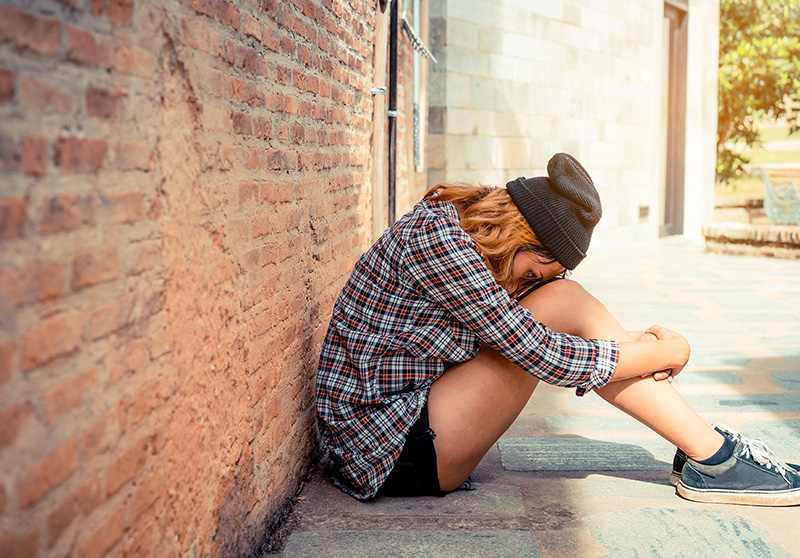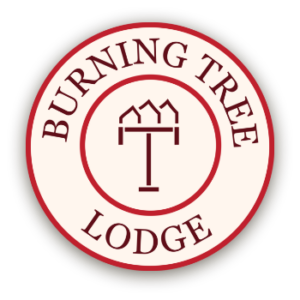Our spontaneous addictive urges are sometimes subtle, and yet at times they come crashing down like tidal waves, threatening to sweep us away into old patterns and behaviors. But what if I told you there’s a way to ride these waves without getting pulled under?
That’s where urge surfing comes in.
Urge surfing is a mindfulness technique that helps individuals in recovery navigate the intense cravings and impulses associated with addiction. Instead of fighting against these urges or giving in to them, urge surfing teaches us to observe and ride them out, much like a surfer rides a wave.

Looking Objectively at Addictive Impulses
Cravings and urges are a normal part of the recovery process. They sometimes correspond with external cues (like seeing a bar or running into an old friend) or may be related to our emotional state. For example, when we’re stressed out, anxious, or even bored, the impulse to drink or use naturally fills the void we’re feeling. These impulses can feel incredibly powerful, leading many to believe they’re uncontrollable.
But here’s the thing: these urges and impulses are temporary. They may feel overwhelming in the moment, but they always pass. Understanding this is the first step in learning to surf these waves of desire.
Why Do We Feel Cravings to Drink or Use?
Our brains are wired to seek pleasure and avoid pain. When we use substances, our reward centers light up, creating powerful associations. Even after we stop using, these neural pathways remain, ready to fire up when triggered. Studies indicate that dopamine plays a central role in this natural response.
"Whenever the reward circuit is activated by a healthy, pleasurable experience, a burst of dopamine signals that something important is happening that needs to be remembered. This dopamine signal causes changes in neural connectivity that make it easier to repeat the activity again and again without thinking about it, leading to the formation of habits."
Source: NIH
The immediate craving to drink or use may last about 20 minutes, although this can feel like an eternity when you’re in the thick of withdrawal symptoms. Maintaining an awareness of the ebb and flow of your cravings and understanding that these urges are a natural biological response to substance abuse can help you see the light at the end of the tunnel.

What is Urge Surfing?
Urge surfing is rooted in mindfulness, which is all about being present in the moment without judgment. At Burning Tree Lodge, we do a lot of work with our inpatient rehab clients related to incorporating mindfulness with the twelve steps of recovery.
When we apply mindfulness to our cravings, we learn to:
- Observe the urge without reacting to it
- Accept its presence without trying to push it away
- Ride it out, knowing it will eventually subside
This non-reactive perspective helps break the automatic cycle of craving and use that defines addiction.
How to Use Urge Surfing to Mindfully Ride Out Cravings
Each step of urge surfing is rooted in mindfulness. It begins and ends with your internal perspective on what you are feeling, and understanding that what you’re feeling in the moment does not define you.
1. Recognize the Urge: Notice when a craving begins. What does the physical sensation of the craving feel like in your body? What thoughts accompany the feeling?
2. Accept It’s Presence: Our instincts are to resolve the uncomfortable feeling immediately, either by drinking/using or by pushing against the thought. Don’t try to fight it or wish it away; simply acknowledge that this is what you’re feeling right now.
3. Observe Without Judgment: Watch the urge as it ebbs and flows. Notice any thoughts or emotions that come up. Notice how thoughts that seemed immediately important begin to fade out and give rise to other thoughts.
4. Ride it Out: Stay with the experience, knowing it will pass. Breathe through it. Allow yourself to feel in this moment, and be patient; give yourself some grace to ride out the impulse.
5. Reflect: After the urge passes, take a moment to appreciate your strength in riding it out. We call it urge surfing because it is an ebb and flow. Recognizing and reinforcing how these cravings move through you is important to building resilience.
Cravings will come and go, but with practice you’ll become more aware of how these urges affect you and the patterns they tend to follow, helping to build resilience against future urges.

Urge Surfing in Recovery is Empowering
Urge surfing helps us to foster a sense of empowerment. You come to realize that you’re not at the mercy of your cravings – you have the power to observe and move through them without giving in. This shift in perspective can be truly life-changing, reinforcing your commitment to recovery and boosting your overall confidence in other areas of life.
By practicing this type of self-awareness non-reactivity, you strengthen your ability to choose your responses rather than acting on autopilot. This skill extends beyond addiction and can positively impact many areas of life.
As you build confidence in handling urges, the risk of relapse naturally decreases. You develop a sense of mastery over your cravings, making them less threatening over time.
Choosing Your Path to Recovery
Urge surfing isn’t just for substance use cravings. People use this mentality in various aspects of their life. In our experience, addiction and mental health are inexorably connected – so it’s no surprise that this same approach can be very helpful for riding out stress and anxiety.
The gist of this practice is that we don’t have to be controlled by our impulses – we can observe them, understand them as a part of our dynamic experience, and allow them to pass without acting on them.
Like a skilled surfer riding the waves, you can ride the ebb and flow of your cravings with grace while striving for sobriety.
Every time you successfully surf an urge, you’re building strength and resilience. You’re proving to yourself that you have the power to choose your path, one wave at a time.
At Burning Tree Lodge, we can help by giving you the time, space, and mindset needed to fully embrace a fulfilling life in recovery.


















